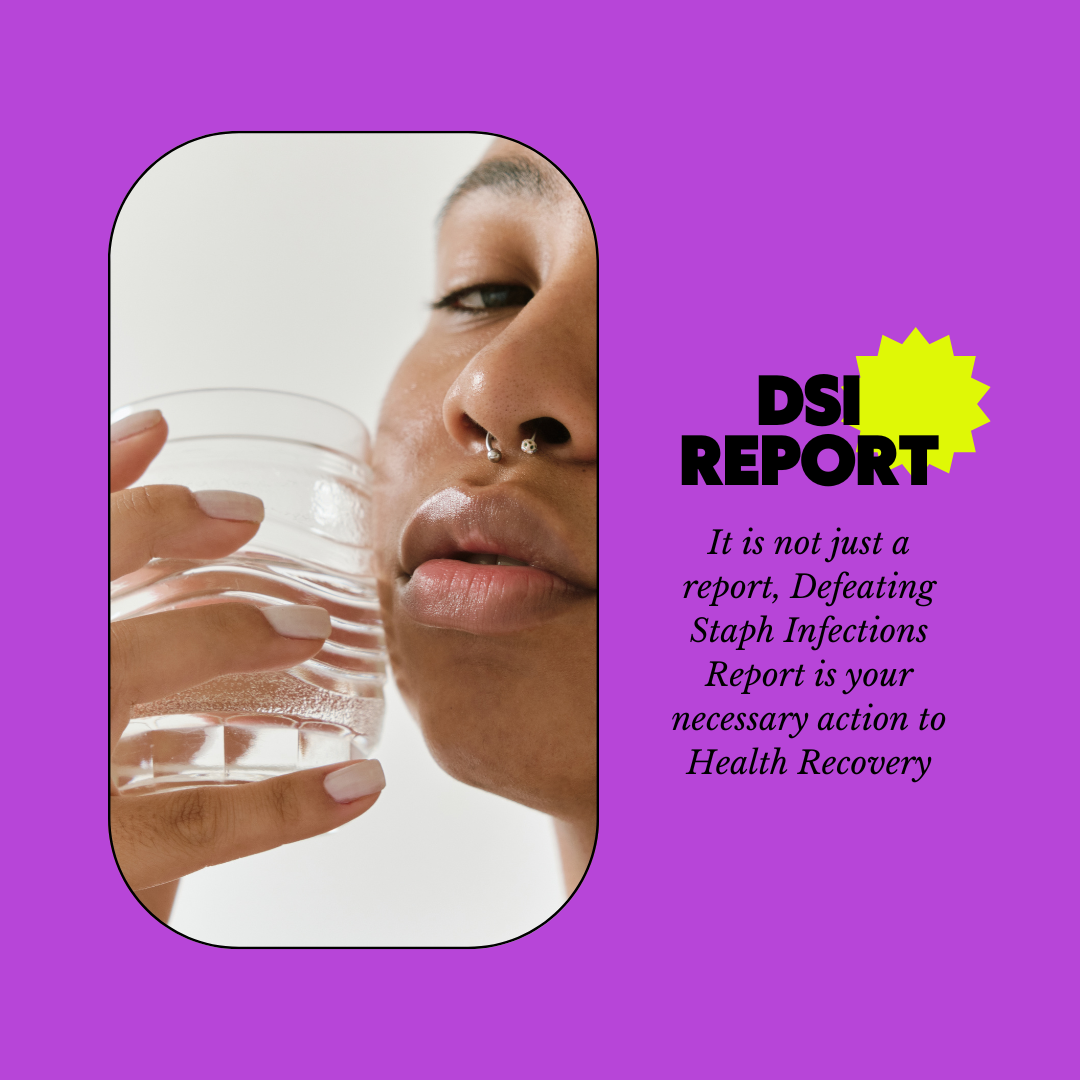How can the cleaning of high-touch surfaces help in preventing Staphylococcus infections?
Cleaning high-touch surfaces is a critical step in preventing Staphylococcus infections, especially in environments where the bacteria can easily be transferred from one person to another. Here’s how regular cleaning of these surfaces helps reduce the risk of infection:
1. Reduction of Bacterial Load:
High-touch surfaces like doorknobs, light switches, countertops, computer keyboards, faucets, and toilet handles are frequently contacted by multiple people throughout the day. Each touch can deposit bacteria from a person’s hands onto these surfaces. By regularly cleaning these areas, you significantly reduce the number of bacteria, including Staphylococcus, that accumulate on these surfaces.
2. Preventing Cross-Contamination:
People usually touch multiple surfaces in quick succession. If a surface contaminated with Staphylococcus is touched, the bacteria can be transferred to the next surface or back to a person’s hands. From there, Staphylococcus can enter the body through cuts, scratches, or other openings, or spread to other individuals. Regular cleaning disrupts this chain of transmission.
3. Enhancing Overall Hygiene:
Regularly cleaning and disinfecting high-touch surfaces promote an overall cleaner environment, reducing the risk of various infections, not just those caused by Staphylococcus. This habit can also foster greater awareness and practice of hygiene in individuals, further decreasing the likelihood of infections.
4. Supporting a Healthy Community:
In communal spaces like offices, schools, or gyms, where many people share the same space and facilities, maintaining clean high-touch surfaces is essential for preventing outbreaks of infections. Routine cleaning can be particularly effective in such settings to keep communal health risks low.
Best Practices for Cleaning High-Touch Surfaces:
Use the Right Products: Utilize EPA-approved disinfectants that are effective against bacteria like Staphylococcus aureus. Make sure to follow the manufacturer's instructions for use, including contact time.
Regular Schedule: Establish a regular cleaning schedule for daily or multiple times per day, depending on the level of use of the space.
Focus on High-Traffic Areas: In homes, focus on areas like bathrooms and kitchens. In public or workplace environments, do not overlook shared equipment and common room surfaces.
Educate Everyone: In communal environments, educate all individuals about the importance of cleanliness and personal hygiene. Encourage personal responsibility for maintaining shared spaces.
Use Proper Techniques: When cleaning, wear gloves and other protective gear if necessary. Always clean visibly dirty surfaces with soap and water before disinfecting.
Implementing these practices can play a significant role in controlling the spread of Staphylococcus and maintaining a safer, healthier environment for everyone, whether at home or in public spaces.






Post a Comment